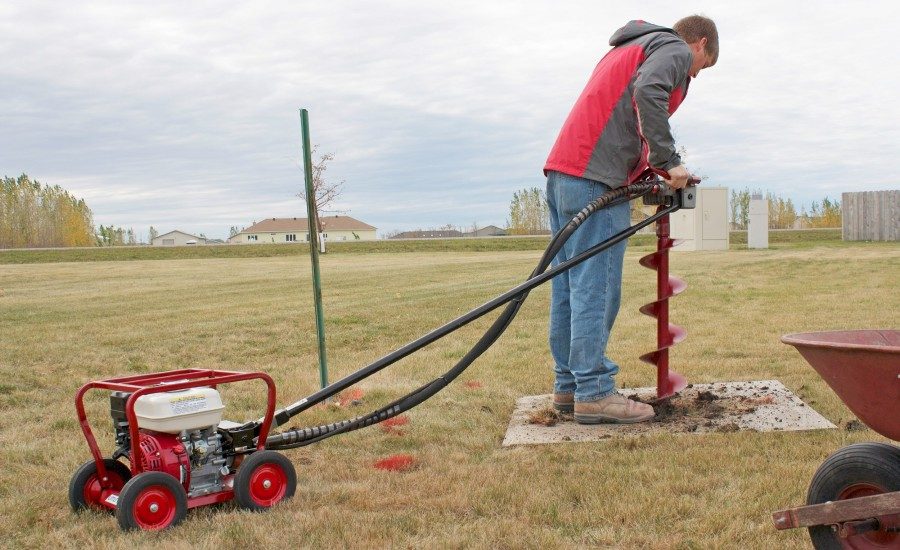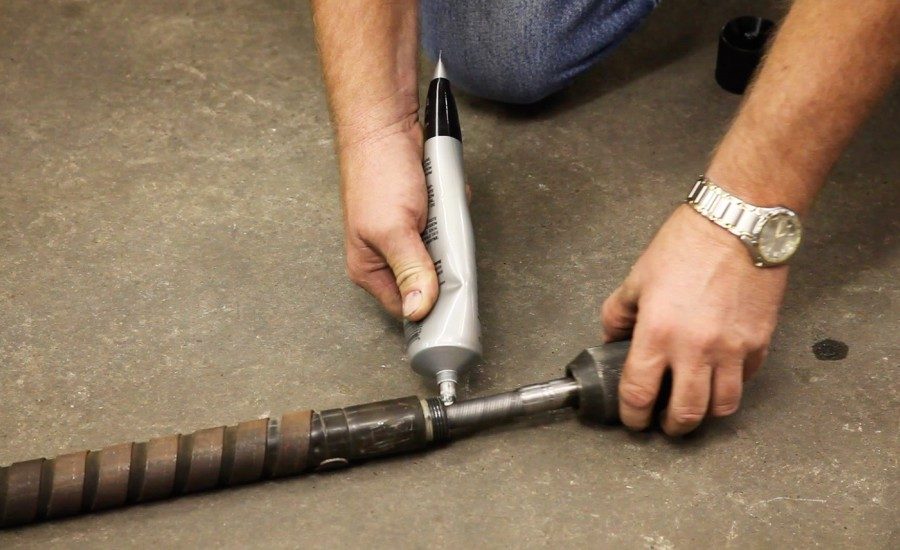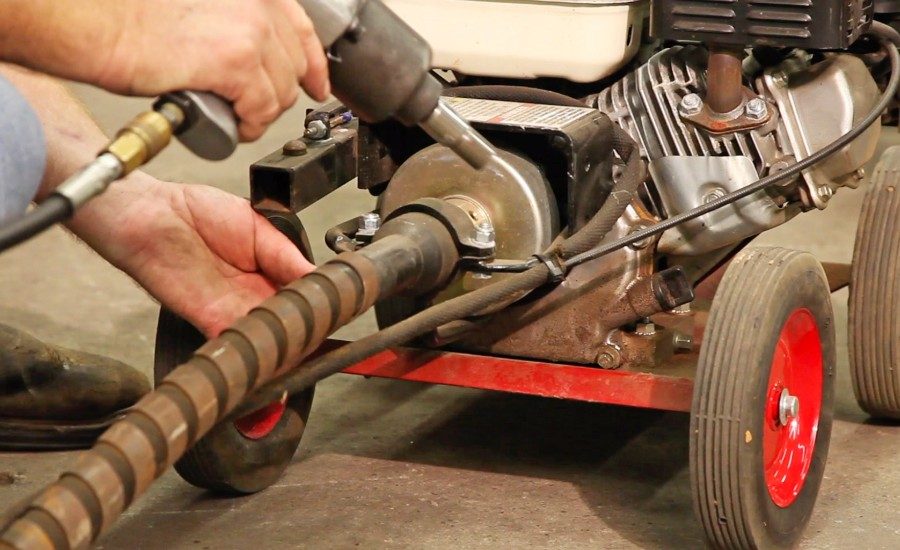Troubleshoot Flexible Drive Shaft Issues in Mechanical Augers
How to Address an Auger that Won’t Turn

Contractors can optimize their augering by knowing what issues to look for and staying on top of preventative maintenance.
Source: Little Beaver Inc. photos





Mechanical drills are multi-functional, quick and efficient, making them a top choice among contractors and rental centers. However, their many moving parts sometimes present problems. It’s easy to get frustrated when the engine is running but the auger isn’t turning. Understanding what to look for and how to prevent issues is key to ensuring a smoothly operating, fully functioning auger.
Identifying the Issue
A problem with the drivetrain, typically along the flexible drive shaft, is a common culprit when an auger won’t turn. To pinpoint the problem, start by examining the end fittings for cracks or breaks. If there are broken wires or sharp kinks, it’s time to replace the shaft housing. If things appear fine from the outside, remove the flex shaft for further inspection. Depending on the extent of the damage, the entire flex shaft assembly may need to be replaced.
Preventative Maintenance
To prevent flex shaft damage, it’s important to clean, examine and grease the flex shaft with white lithium tool grease after every 50 hours of operation. Check the owner’s manual or consult with the manufacturer to determine the correct amount of grease, as excessive grease can gum up in the flex shaft, reducing its operating life. Too little grease, on the other hand, might dry out the cable, causing it to break or generate enough heat and friction to burn through the outer housing. Ignoring flex shaft maintenance can also damage the core and housing, which can lead to $400+ repairs.
Additional Concerns
Helixing of the flex shaft is another concern, especially if the auger repeatedly hits rocks or other solid objects during operation. When an obstruction causes the auger to stop abruptly while the engine delivers torque, the shaft can helix, which will lead to diminished performance and eventually cause the flex shaft to lock up.
Torque tubes improve user safety and allow for one-person drill operation. Additionally, units with a centrifugal clutch protect the flex shaft by slipping when the auger strikes an object.
Knowing the drill, keeping up with maintenance and having quick access to useful online resources will go a long way toward successful drilling. When that’s not enough, work with a reliable manufacturer to help diagnose the issue and find a solution.
Looking for a reprint of this article?
From high-res PDFs to custom plaques, order your copy today!








